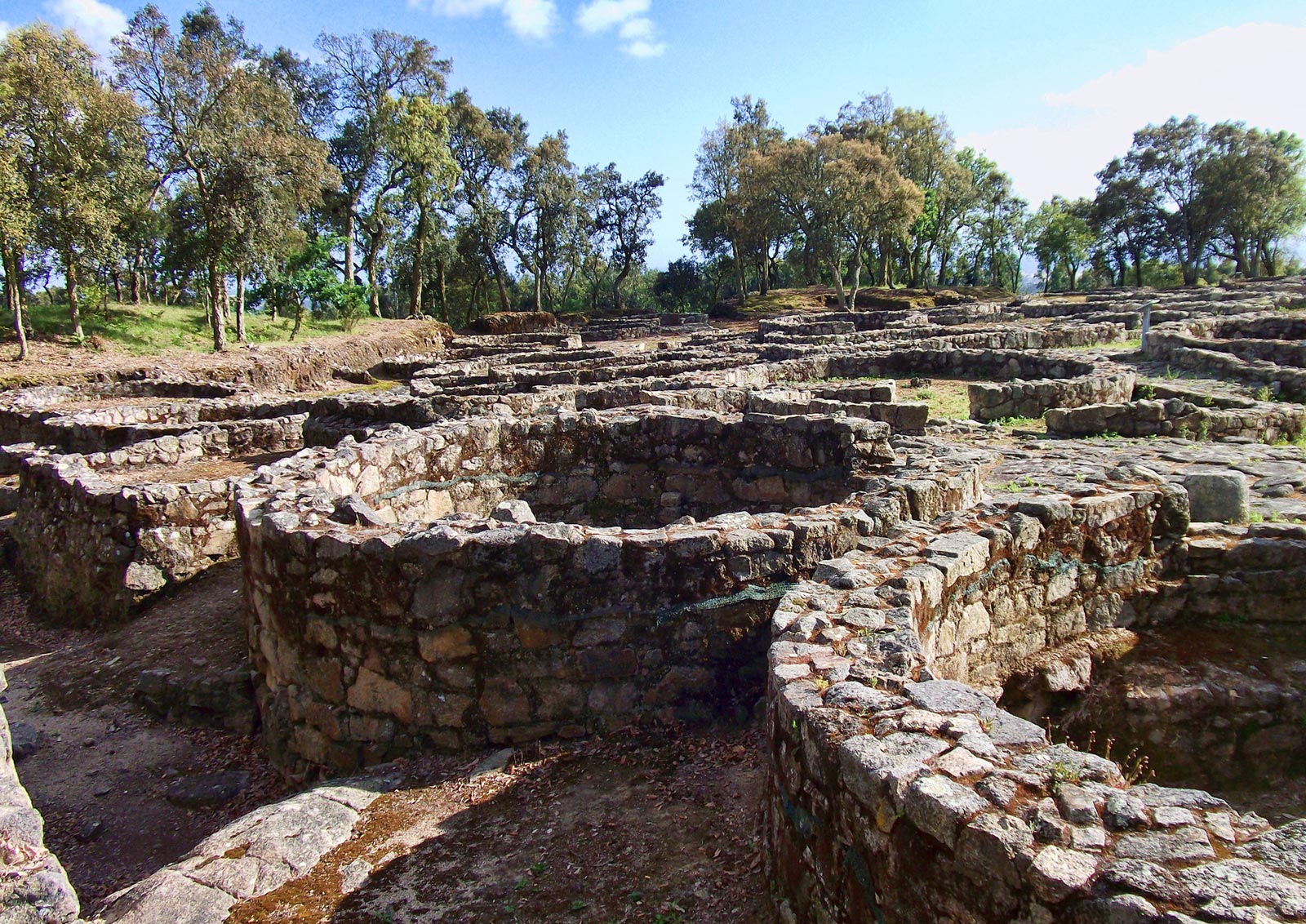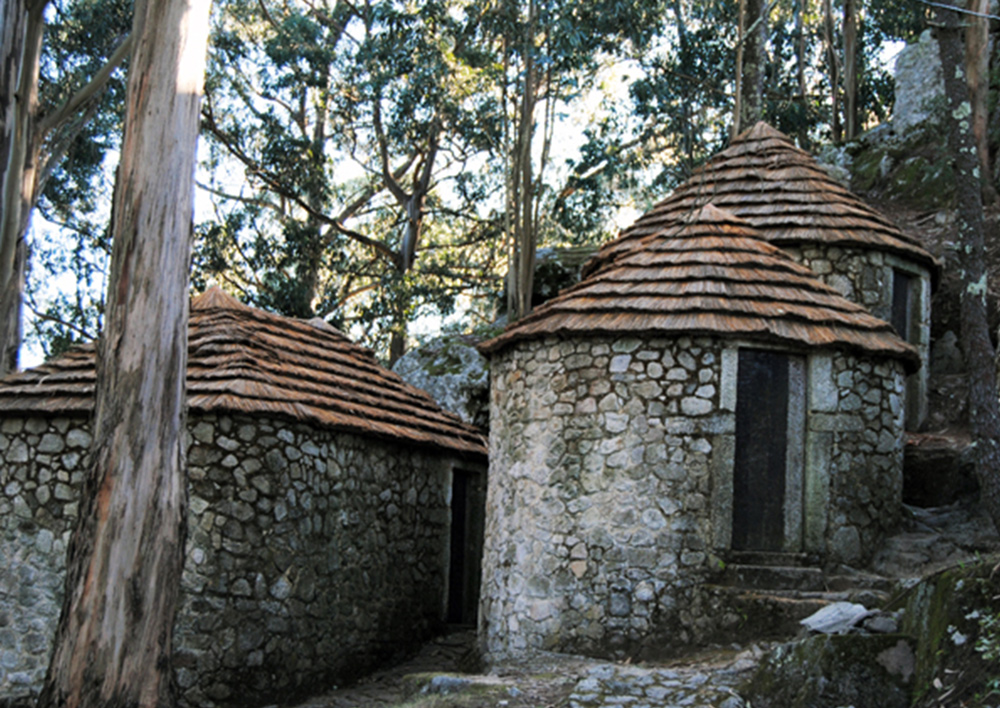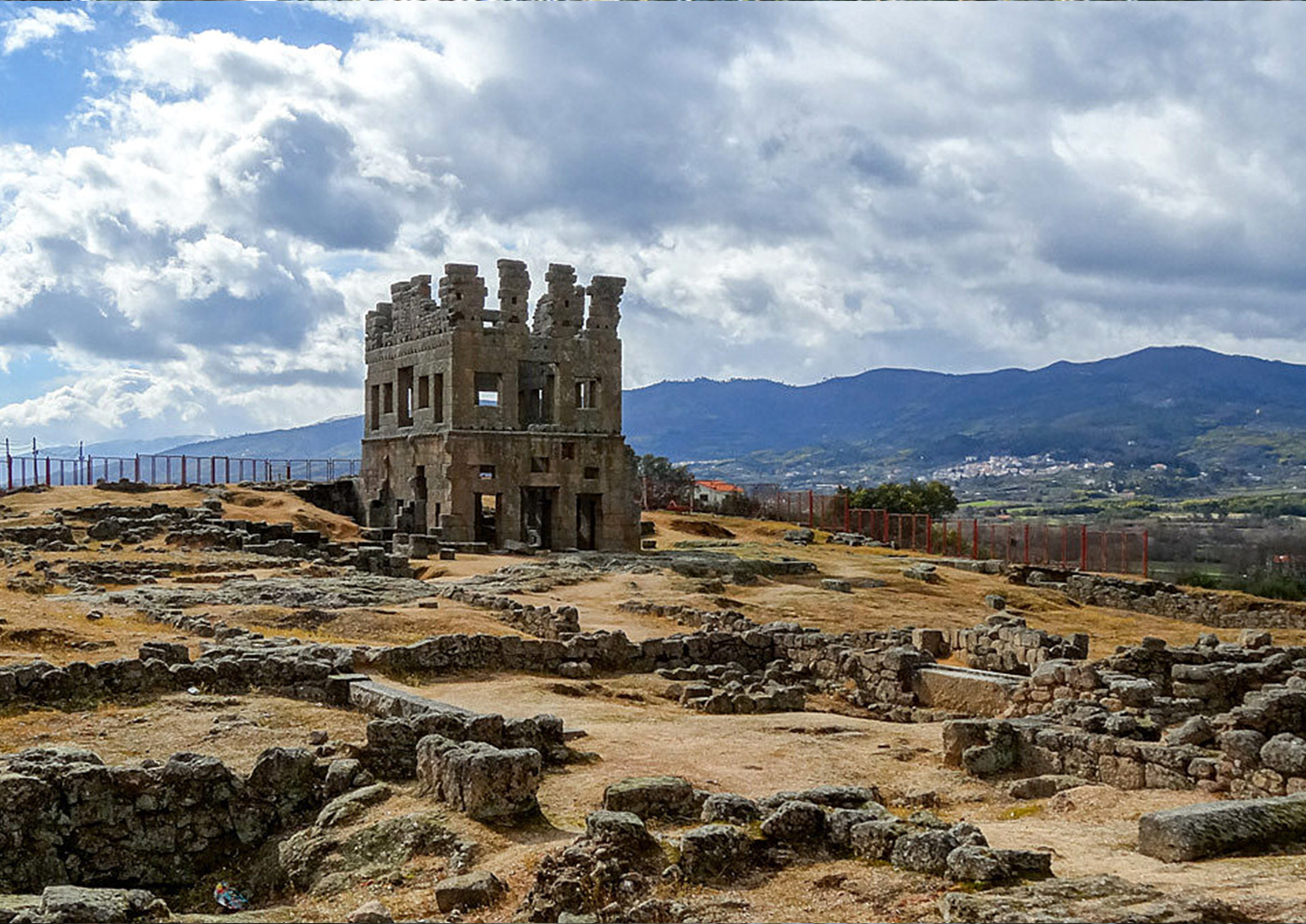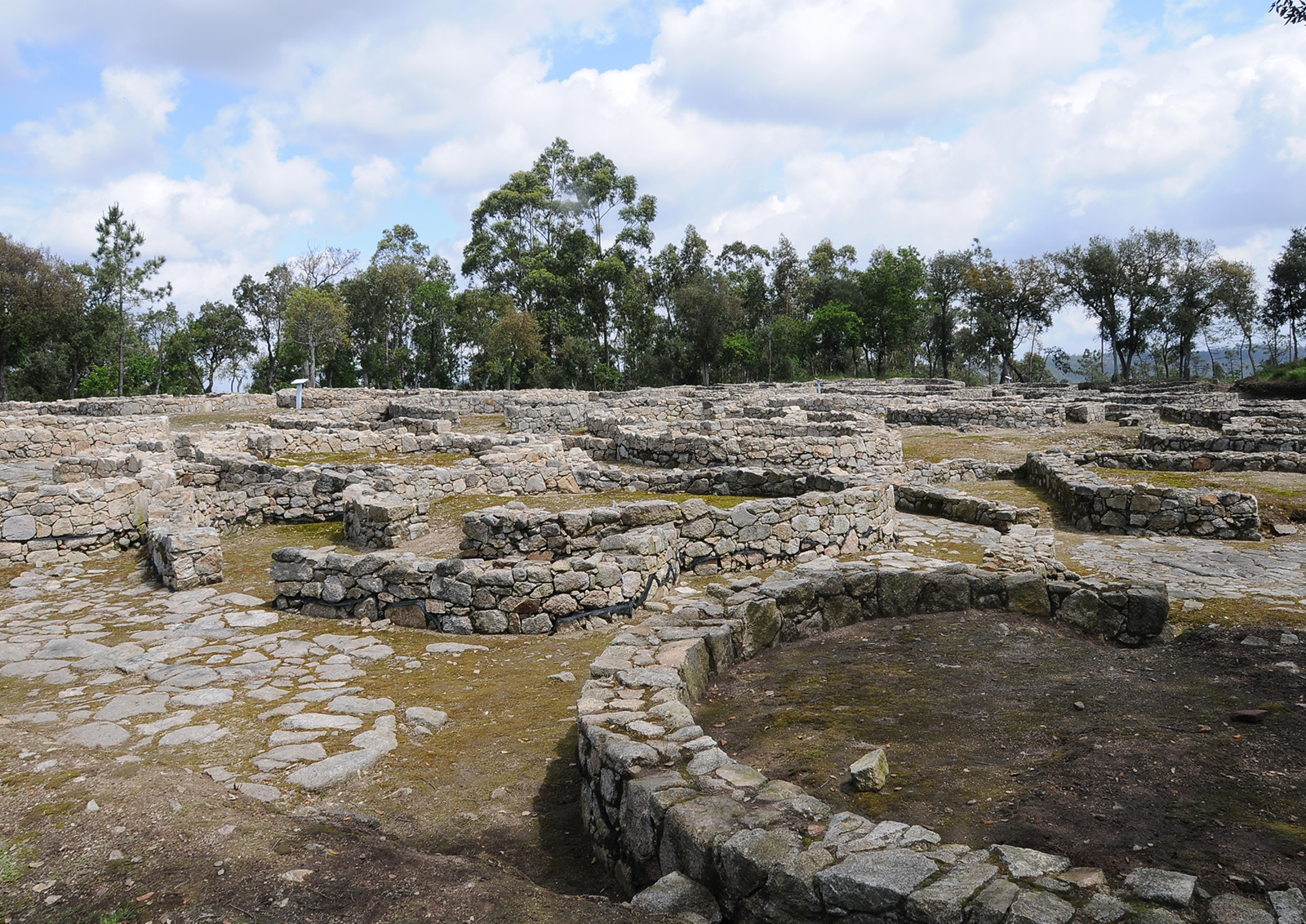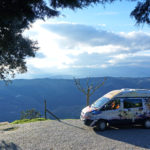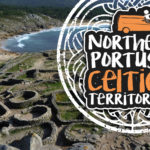Where to see Celtic Portugal: The best examples of the Celtic settlements (called « Castros ») are found in the northern Minho province, notably Citania de Briteiros close to the city of Guimarães. Here are well-preserved ruins and several buildings (stone dwelling huts that were built in circular or elliptical shapes) that have been restored.
Portugal is also a country where the Celtic tradition lives on. In normal years the North of Portugal is alive throughout the year with amazing traditions, sights and sounds of medieval experiences.
Closeby is the region of Terras de Basto, where there are statues believed to represent Celtic warriors. Another site is Sanfins de Ferreira, close to the city of Porto, where there are traces of a triple ring of defensive walls around 100 huts and a small museum.
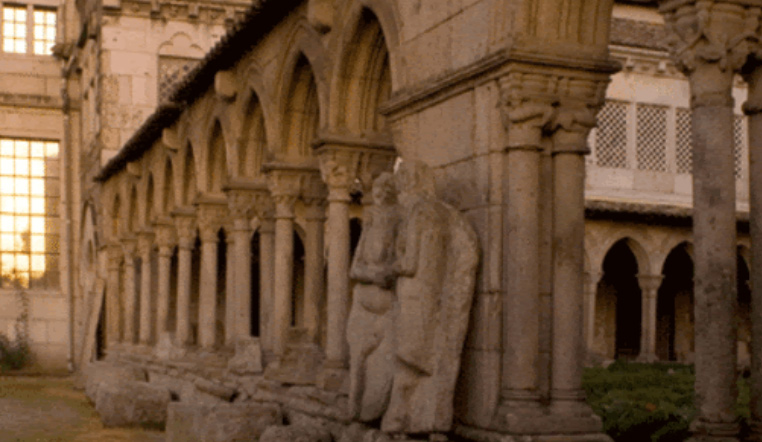
Portugal is also a country where the Celtic tradition lives on
In normal years the North of Portugal is alive throughout the year with amazing traditions, sights and sounds of medieval experiences.
There’s more!
If history and Celtic history are your thing you can explore the 16th century convent Museu Convento dos Lóios with artefacts retrieved from a Celtic citadel.
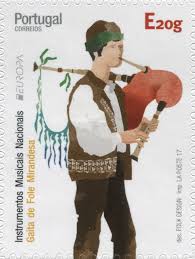
Celtic musical tradition along with bag pipes
In Miranda do Douro, a monumental town perched on the Douro River, festivals are staged to showcase traditional bagpipers who play instruments called “gaita-de-foles transmontana”. Which to my untrained eye looked like a Scottish bag-pipe.
The pipers might be accompanying singers who have mastered the Celtic musical tradition, whose songs may be in the Mirandês language, now recognized along with Portuguese as an official language for this region.
Portugal is also a country where the Celtic tradition lives on
You may have seen in other tour guides that they use a type of stick dancing performed in the Trás-os-Montes region, called Dança dos Pauliteiros. This dance probably has Celtic origins related to fertility rites. It is reminiscent of the English Morris Dance, with male dancers dressed in white linen kilts, black waistcoats, and bright scarves, dancing while clacking short, wooden sticks.
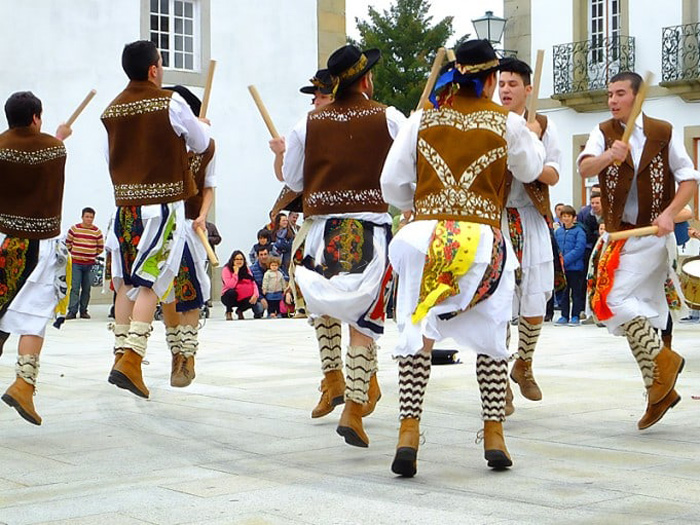
The town of Duas Igrejas is known for its stick dancing festival each August. And, Miranda do Douro even holds international stick dancing competitions.
Dotted with tiny, medieval towns, the countryside of the Trás -os-Montes region is wild and marked by the Montesinho Natural Park, home to the wild boar and other wildlife. The wild boar was worshiped by the ancient inhabitants of these wild lands, and they still thrive in the numerous valleys that dot the mountainscapes. Ancient granite pig statues are found in many towns, including the main city of the region, Bragança. Set inside the ancient castle, the pig stands not far from the oldest town hall in the nation, dating to the 12th century, where the council of good men met to decide the affairs of the city.
There is so much history and so many beautiful places still to show you all. When governments permit travel and exploration I will show you all first hand the amazing sights you can visit. We cannot wait to see you. Check out the video below of our celtic nation and some amazing scenery.
Find us on Social Media, or here!

Let us know your thoughts, where is the best place in Portugal to visit?
Is there a region you want to see or know more about. Is there somewhere even better than the North?



